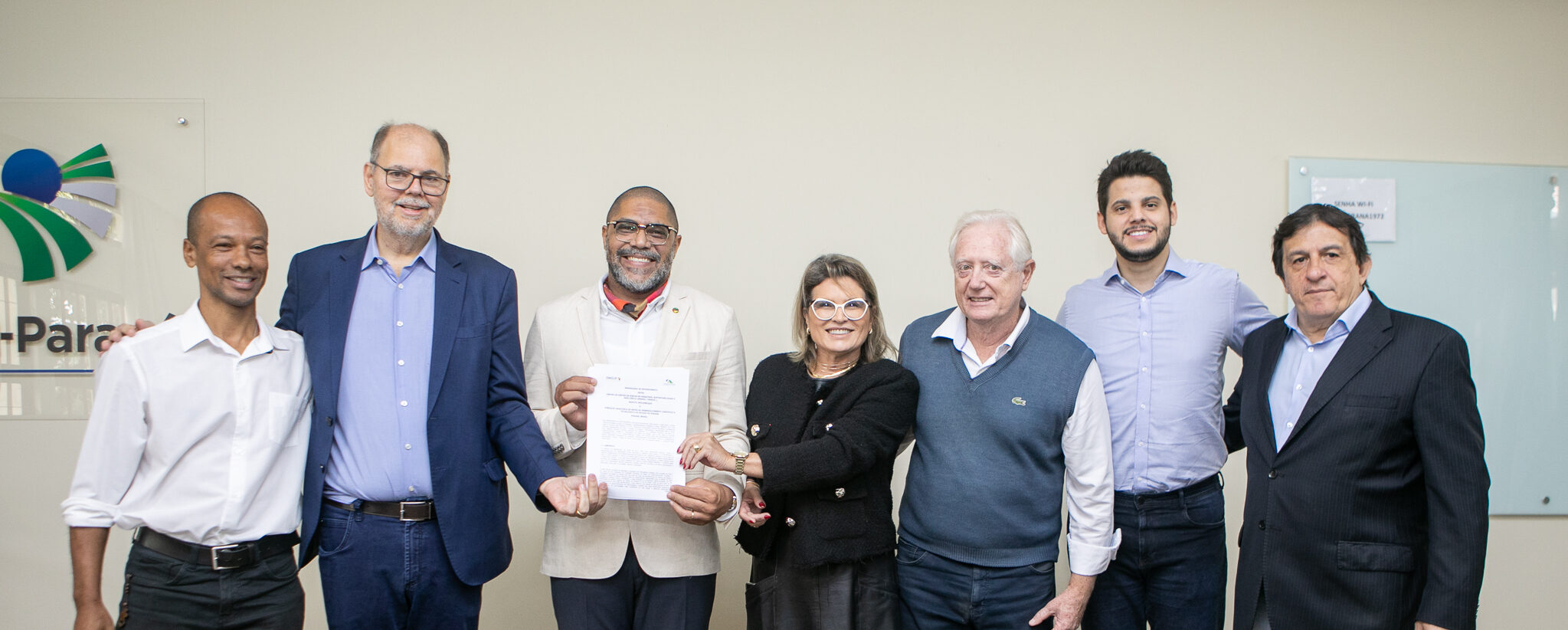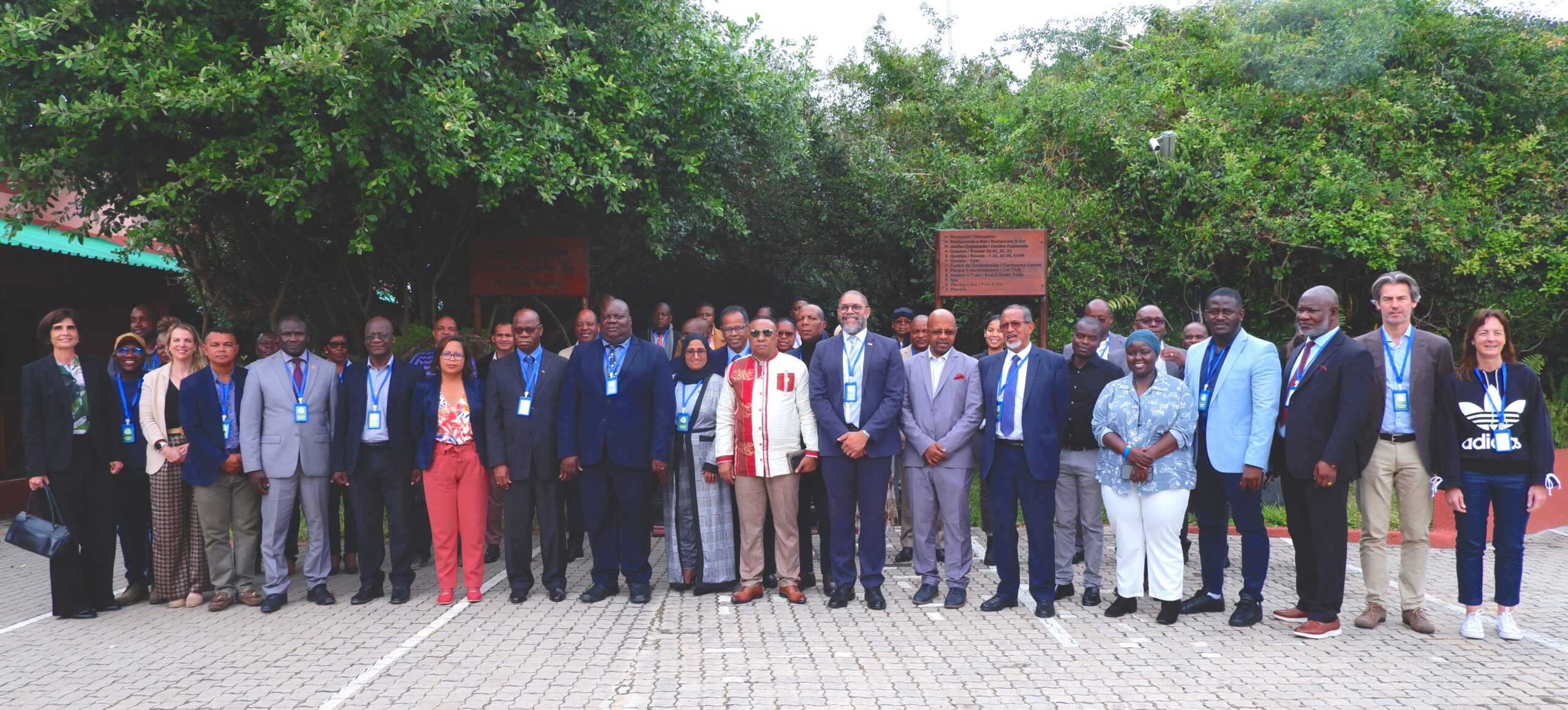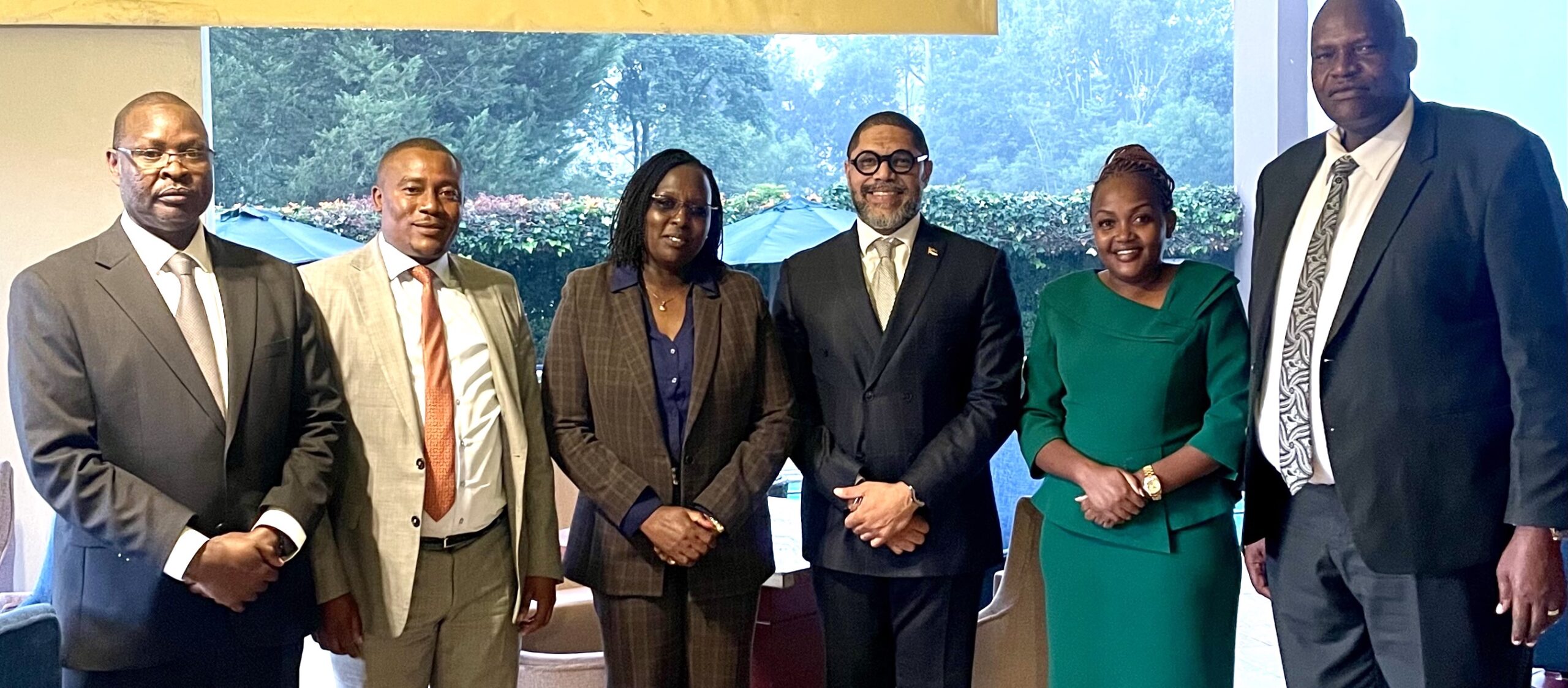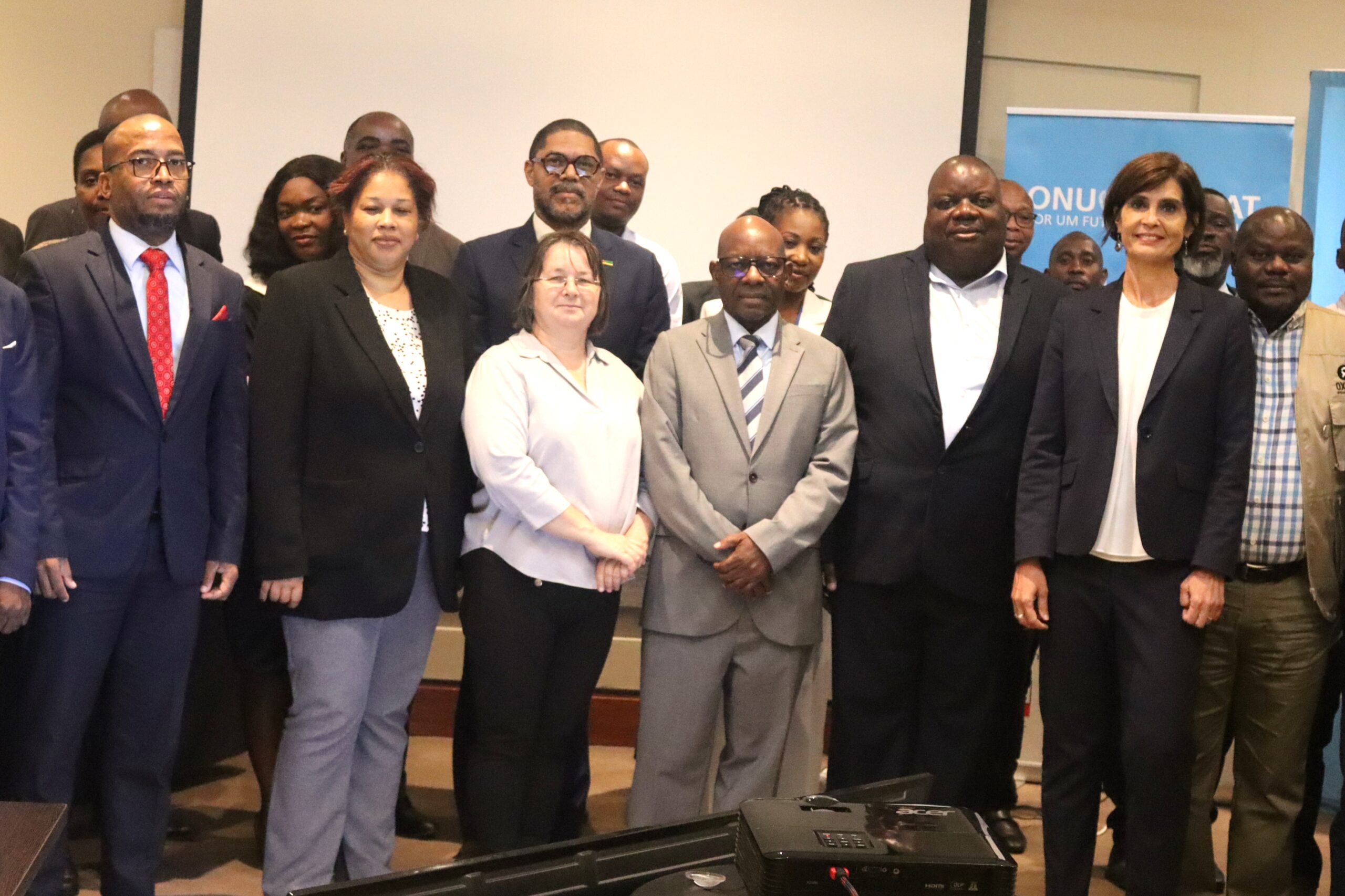INTERVIEW-Threatened by climate change, Mozambique’s Beira bets on urban renewal
By Astrid Zweynert
BONN, Germany, July 8 (Thomson Reuters Foundation) – Daviz Simango is one of Mozambique’s most influential politicians but last year when yet another flood inundated Beira, the coastal city he has served as mayor since 2003, he felt powerless.
“Disasters like that happen all the time in our city but last year was the worst for me – it felt like we’re trapped in an endless cycle of disaster after disaster,” Simango said.
Simango, who has stood in presidential elections in the southeast African country and is the founder-president of its third-largest party, the Democratic Movement of Mozambique (MDM) has embarked on an ambitious plan for his city, the country’s second largest.
Like many African coastal cities, Beira – which lies just above sea-level – is in a race against time to protect itself from cyclones, floods and rising sea-water levels.
Experts say climate change will increase the severity of cyclones and flooding, particularly along the country’s 2,700 kilometres (1,680 miles) of coast.
It is a challenge that Mozambique, one of the world’s poorest countries, is ill equipped to tackle.
The U.N. Human Development Index ranks Mozambique 178th out of 187 countries. With a population of some 26 million, the adult literacy rate is about 56 percent and average life expectancy at birth is just 50.3 years.
Most of Beira’s more than 500,000 residents live in poverty even thought the city’s port is a thriving gateway to the Indian Ocean for landlocked Zimbabwe, Malawi and Zambia, Simango said.
FIXING PAST MISTAKES
Scientists predict that sea-levels worldwide are likely to rise 50 to 130 cm (20 to 51 inches) by the end of this century if planet-warming emissions are not reduced rapidly.
“We may have to move 100,000 people to safer areas because of the rising sea-level,” Simango, a 52-year-old brimming with energy, told the Thomson Reuters Foundation this week during a conference on resilient cities in Bonn.
During heavy downpours in the rainy season – from November to March – Beira’s ageing drainage system backs up within hours, forcing many people out of their homes, in particular in the slums, said Simango.
As a result, year after year, residents lose their livelihoods and are exposed to diseases like malaria and cholera and drinking water can become contaminated due to faecal material being swept out.
A major problem is that the Chiveve tidal river was built over during the 1960s, a “big mistake of the past,” said Simango.
The city is restoring the Chiveve now with the help of of 13 million euros ($14.4 million) in finance from German development bank KfW, a project due to be completed later this year.
The river is being cleared of rubbish and its original course restored to provide a natural drainage system during floods and storm surges.
Beira is also putting a flood barrier in place to protect against storm surges, and is installing new waste disposal and drainage systems.
GREEN CITY
With a master plan now drawn up to make Beira more resilient and sustainable by 2035, Simango is hoping a partnership between the city and private investors will help him to raise the $100 million he estimates it will cost to disaster-proof the city.
The mayor is also keen to make his city greener and more inclusive, as mandated by new global developments goals agreed by world leaders last year.
More than 2,000 mangrove trees, a natural flood defence, are being planted along the Chiveve River.
“We’re going further with this project and turning our green belt into a recreational area,” said Simango. The mayor has also launched campaigns with a local charity to educate residents about minimising disaster risk.
“Beira could serve as a model for other cities in Africa,” he said.
BIG CHALLENGES
But the city faces many challenges. It lacks modern infrastructure to support its growing population, and nearly a third of residents lack access to clean water, Simango said.
People fled to Beira during Mozambique’s 16-year-civil war that ended in 1992 because the city was considered to be safe, and frequent droughts in Mozambique’s impoverished countryside are pushing more people to the city.
The most recent El Nino weather pattern, which ended in May, triggered drought across the region, the U.N. food agency said on Thursday, asking for $730 million over the next 12 months for relief in seven southern African countries, including Mozambique.
“Our city was built for around 100,000 people – now we have more than five times that and it’s putting a lot of pressure on our infrastructure,” the mayor said.
($1 = 0.9043 euros) (Reporting by Astrid Zweynert; Editing by Ros Russell; Please credit the Thomson Reuters Foundation, the charitable arm of Thomson Reuters, which covers humanitarian news, women’s rights, trafficking, property rights and climate change. Visit news.trust.org to see more stories)
Link to the original article: http://news.trust.org/item/20160708105817-a0kuz/?source=fiDontmiss






